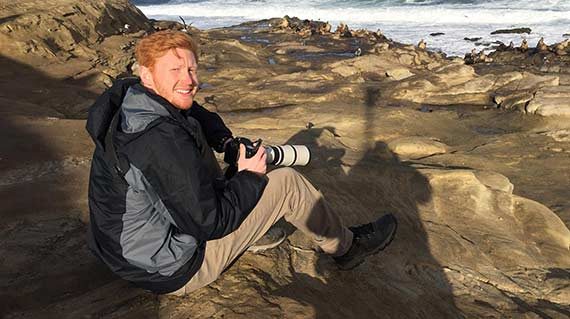
Your Guide: Jacob Roalef
Tours: Alaska, Arizona, California, Colorado, Florida, Maine, Minnesota, Ohio, Texas, Wyoming, Birding Ecotours (Worldwide)
Southeast Arizona is simply a land of stark contrasts and remarkable scenery. In the lowlands, granite outcrops, lofty Saguaro cacti, and sandy washes typify the Sonoran Desert, a landscape that has featured in so many ‘Western’ movies. The legendary Sonoran Desert is the home of such iconic species as Greater Roadrunner and Gambel’s Quail. Here, isolated mountain ranges, clad in beautiful Madrean pine-oak woodland rise from the desert, and provide a habitat found nowhere else in the United States. At relatively cool (compared to the very hot desert plains below) higher elevations on these sky islands, pine forests can even be found. These forested mountain islands, with evocative names such as the Huachucas and Chiricahuas, are the northern limits for a long list of primarily Mexican species including the likes of Elegant Trogon and Mexican Chickadee. Ephemeral streams pass through the canyons surrounding these mountains bringing much-needed moisture to the parched lowlands below. These streams harbour stands of cottonwood that act as conduits for more tropical species to enter south-eastern Arizona, such as Thick-billed Kingbird and Violet-crowned Hummingbird. These strongly contrasting habitats make southeast Arizona one of the most exciting regions to bird in North America, with more bird diversity than any other land-locked area of comparable size in the United States. With unbelievable birding areas like Cave Creek Canyon and the Ramsey Canyon Preserve and Nature Conservancy, it is no wonder why only California, Texas, and Florida have state lists longer than this relatively small region! The Arizona bird list boasts over 570 species! Of these species, 36 are only occasional anywhere else in the United States, making Arizona a mandatory destination for North American birders.
This bird-filled tour begins in the city of Tucson, from where we explore the Sonoran Desert via Saguaro National Park, and explore the impressive peak of Mt. Lemmon. The Santa Ritas, in the southeast corner of the state, provides us with our first taste of birding the Madrean sky islands, with specials such as Elegant Trogon and so many others. Heading further east, we will intersperse our time spent in the upper elevation of the Huachucas with well-spent time at lowland hummingbird feeders for Violet-crowned Hummingbird and Lucifer Sheartail (Hummingbird). Heading further east still, we skirt the border with New Mexico and explore the Chiricahuas, which hosts more specials like Mexican Chickadee and Olive Warbler.
By combining this tour with our shorter northern Arizona and Grand Canyon tour, you will be able to have the most complete Arizona birding tour on offer and you will also be able to see a host of typical western species. It should also be noted that we time our southeast Arizona birding tour so that you can combine it with the famous Southeast Arizona Birding Festival run by the Tucson Audubon Society.
We will take a maximum of eight participants.
Duration: 10 days
Group Size Limit: 4 – 8
Date: 12 – 21 August 2026
Start: Tucson, AZ
End: Tucson, AZ (Transfer to Phoenix is provided to those joining the Northern Arizona Tour)
Price: US$4,335 per person sharing assuming 4 – 8 participants
Deposit: 25% of full tour price
Single supplement: US$763
We can run the same trip at a price similar to the larger group price for 2 tour participants, if they rent their own vehicle and pay for fuel – please e-mail [email protected] for details.

Tours: Alaska, Arizona, California, Colorado, Florida, Maine, Minnesota, Ohio, Texas, Wyoming, Birding Ecotours (Worldwide)
SOUTHEAST ARIZONA
4-8 August 2012
Top 10 lists are voted upon by the participants at the completion of each tour.
1 – Montezuma Quail – A gorgeous male was attempting to hide in the grass along the road above the Southwest Research Station in Cave Creek Canyon. Our group and another tour group watched it for as long as 15 minutes.
2 – Plain-capped Starthroat – We found this hummingbird rarity within two minutes after arriving in Montosa Canyon.
3 – Whiskered Screech-Owl – It took some effort, but we finally had spectacular looks in a trailer park below Ramsey Canyon Preserve. It was still calling as we departed.
4 – Red-faced Warbler – Our best looks at this showy warbler were in Huachuca Canyon, on Fort Huachuca in the Chiricahua Mountains.
5 – Elegant Trogon – Heard and saw five different trogons on Huachuca Canyon.
6 – Painted Redstart – Common and friendly in several wooded canyons.
7 – Hooded Oriole – Best looks were of a male and female feeding young in a nest close to Madera Kubo Lodge in Madera Canyon.
8 – White-tailed Kite – A great look at a soaring bird below Portal at Quail Way Inn.
9 – Thick-billed Kingbird – We found two adults feeding four newly fledged young at Sonoita Creek Sanctuary in Patagonia.
10 – Summer Tanager – Excellent views of an adult male and a young bird at the George Walker House feeders in Paradise, near Portal.
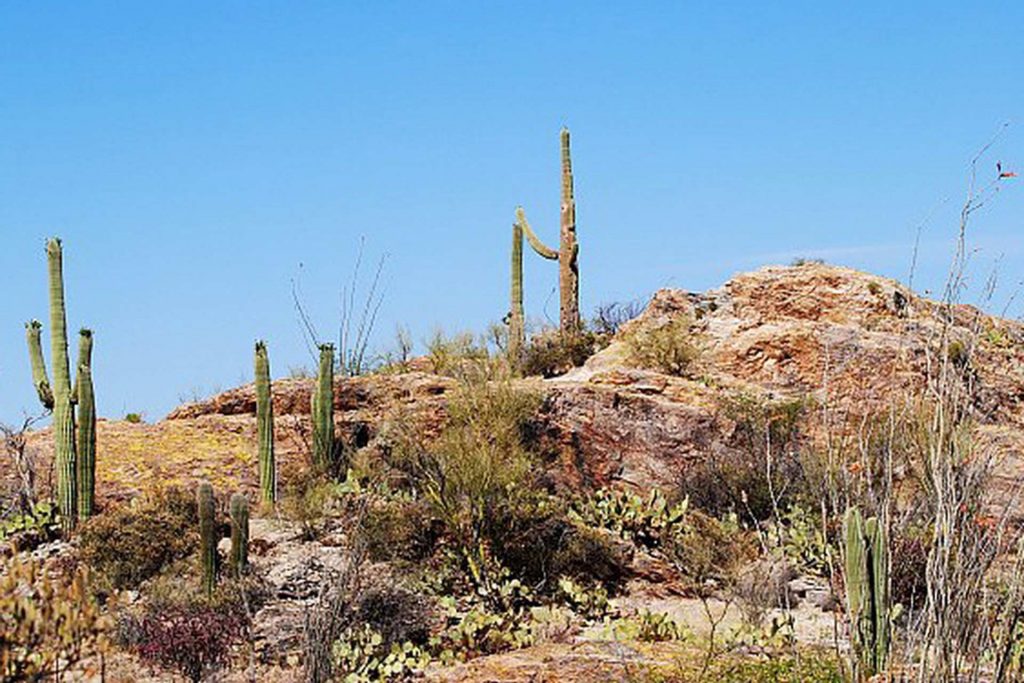
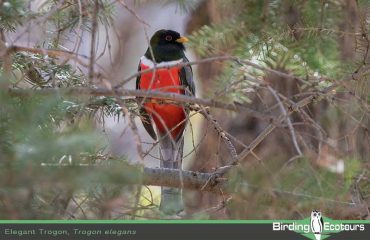 Elegant Trogon
Elegant Trogon
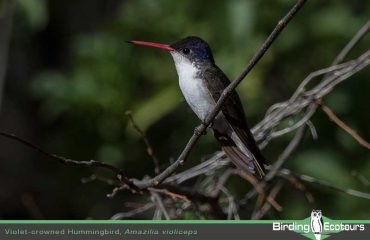 Violet-crowned Hummingbird
Violet-crowned Hummingbird
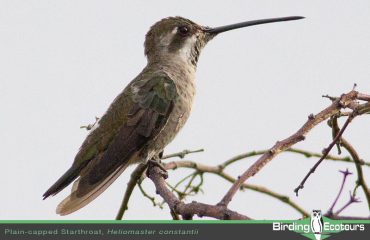 Plain-capped Starthroat
Plain-capped Starthroat
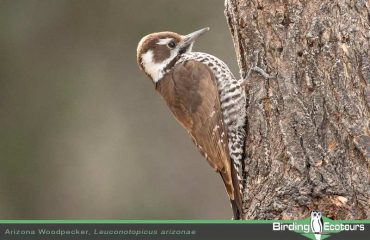 Arizona Woodpecker
Arizona Woodpecker
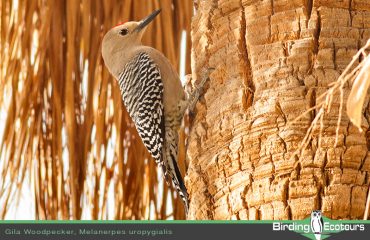 Gila Woodpecker
Gila Woodpecker
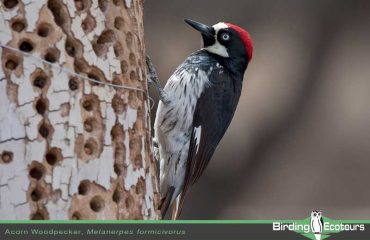 Acorn Woodpecker
Acorn Woodpecker
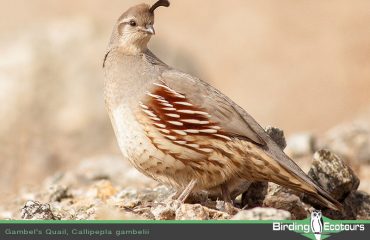 Gambel's Quail
Gambel's Quail
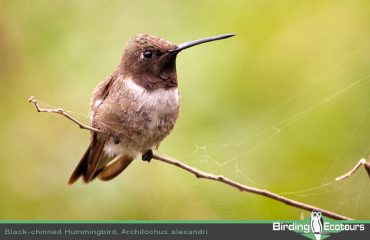 Black-chinned Hummingbird
Black-chinned Hummingbird
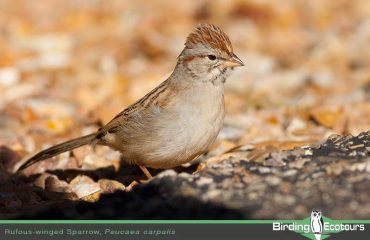 Rufous-winged Sparrow
Rufous-winged Sparrow
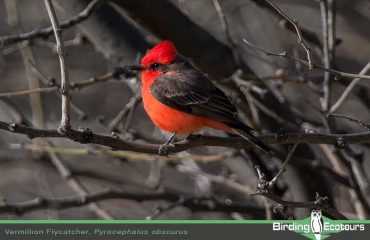 Vermillion Flycatcher
Vermillion Flycatcher
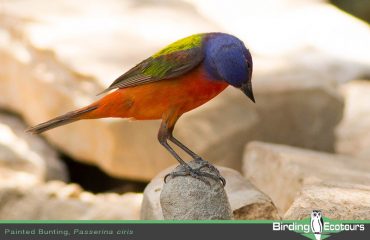 Painted Bunting
Painted Bunting
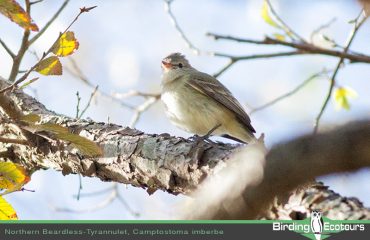 Northern Beardless-Tyrannulet
Northern Beardless-Tyrannulet
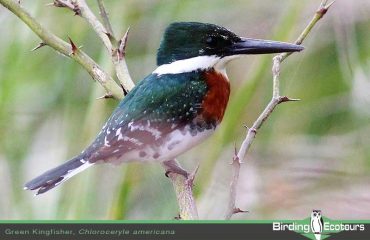 Green Kingfisher
Green Kingfisher
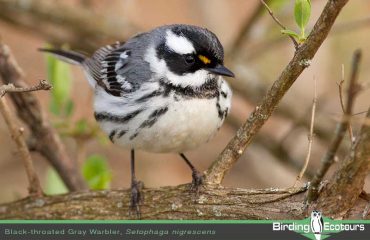 Black-throated Gray Warbler
Black-throated Gray Warbler
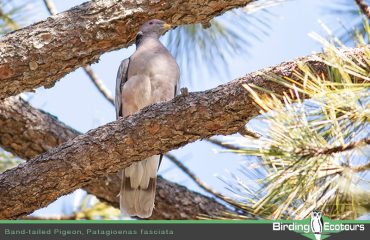 Band-tailed Pigeon
Band-tailed Pigeon
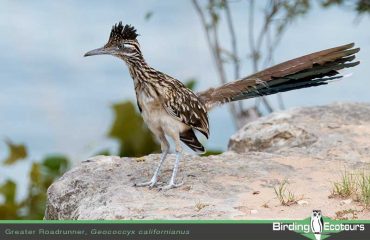 Greater Roadrunner
Greater Roadrunner
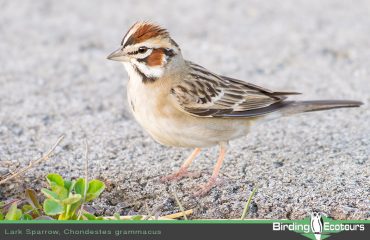 Lark Sparrow
Lark Sparrow
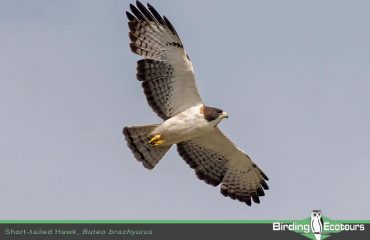 Short-tailed Hawk
Short-tailed Hawk
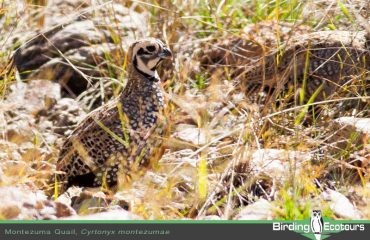 Montezuma Quail
Montezuma Quail
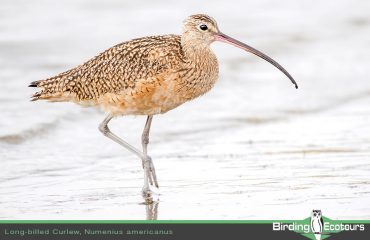 Long-billed Curlew
Long-billed Curlew
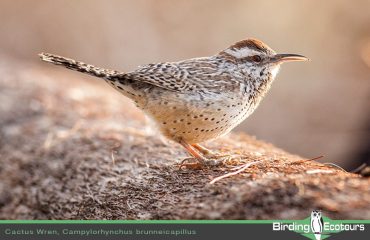 Cactus Wren
Cactus Wren
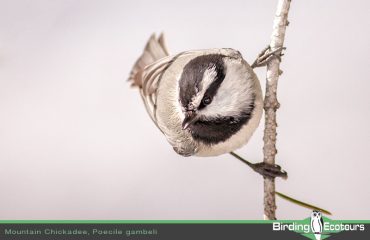 Mountain Chickadee
Mountain Chickadee
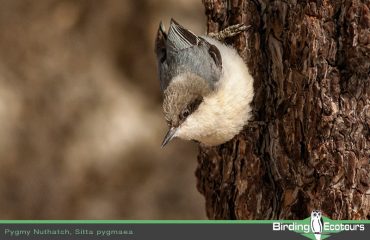 Pygmy Nuthatch
Pygmy Nuthatch
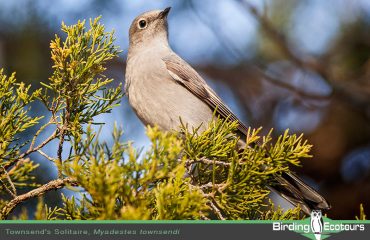 Townsend's Solitaire
Townsend's Solitaire